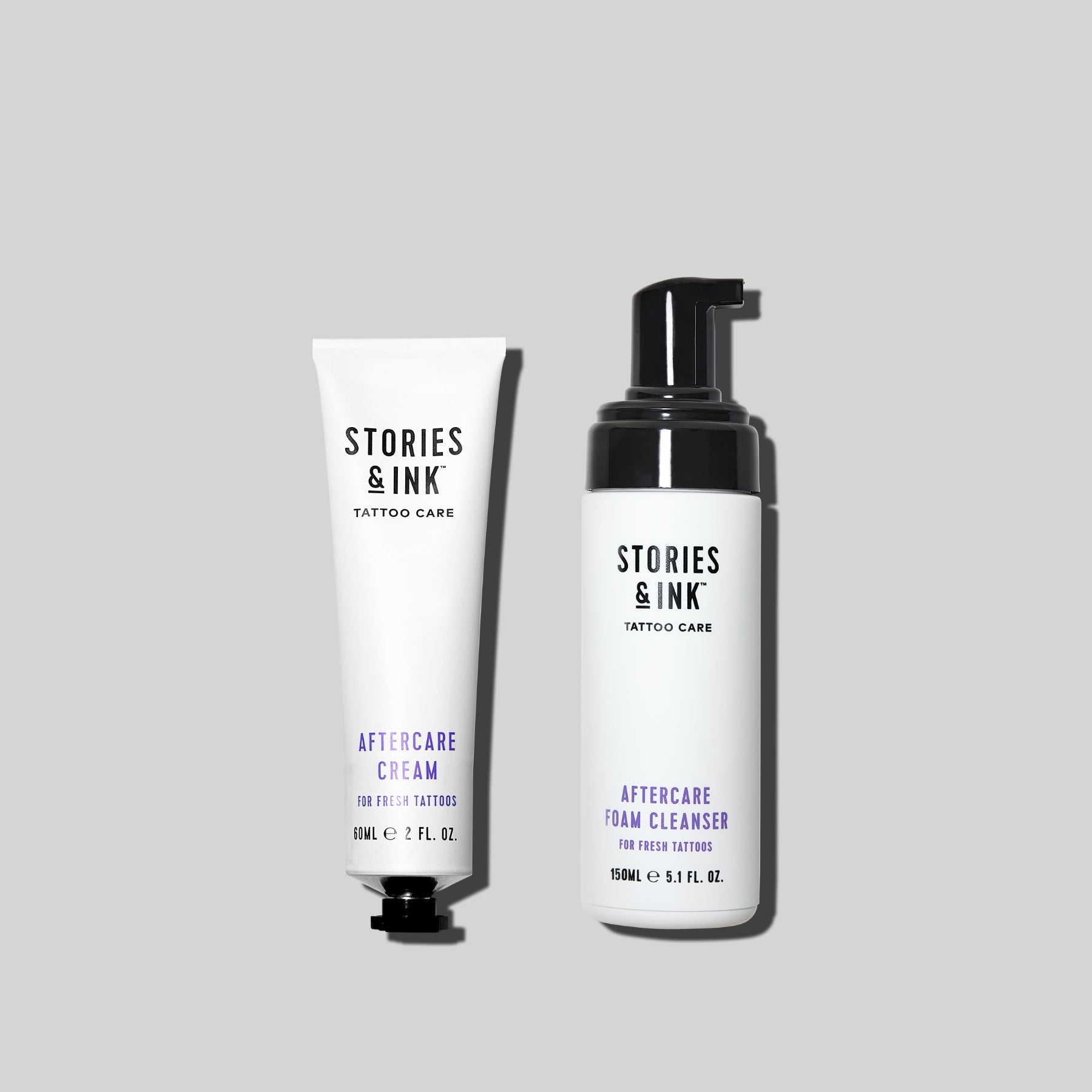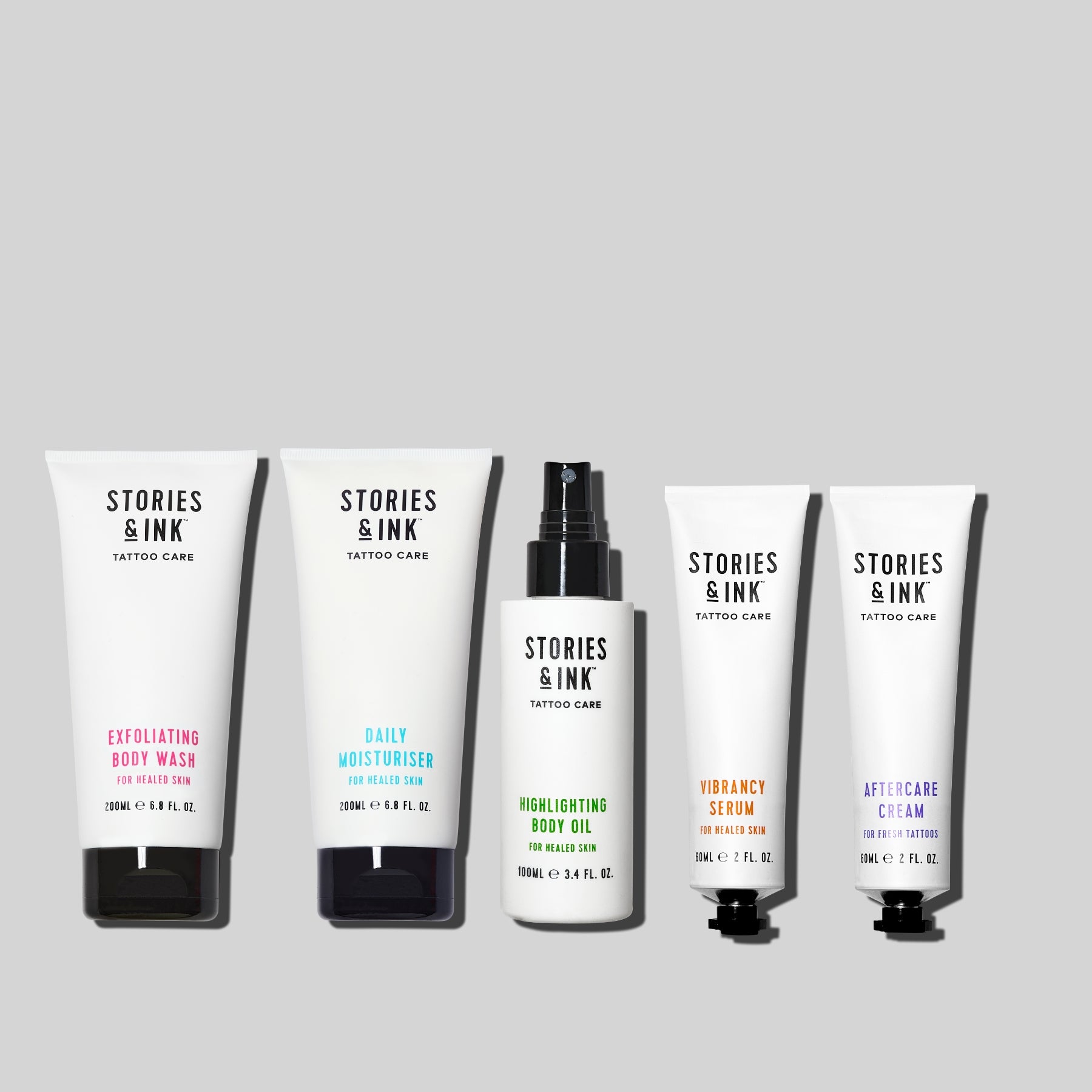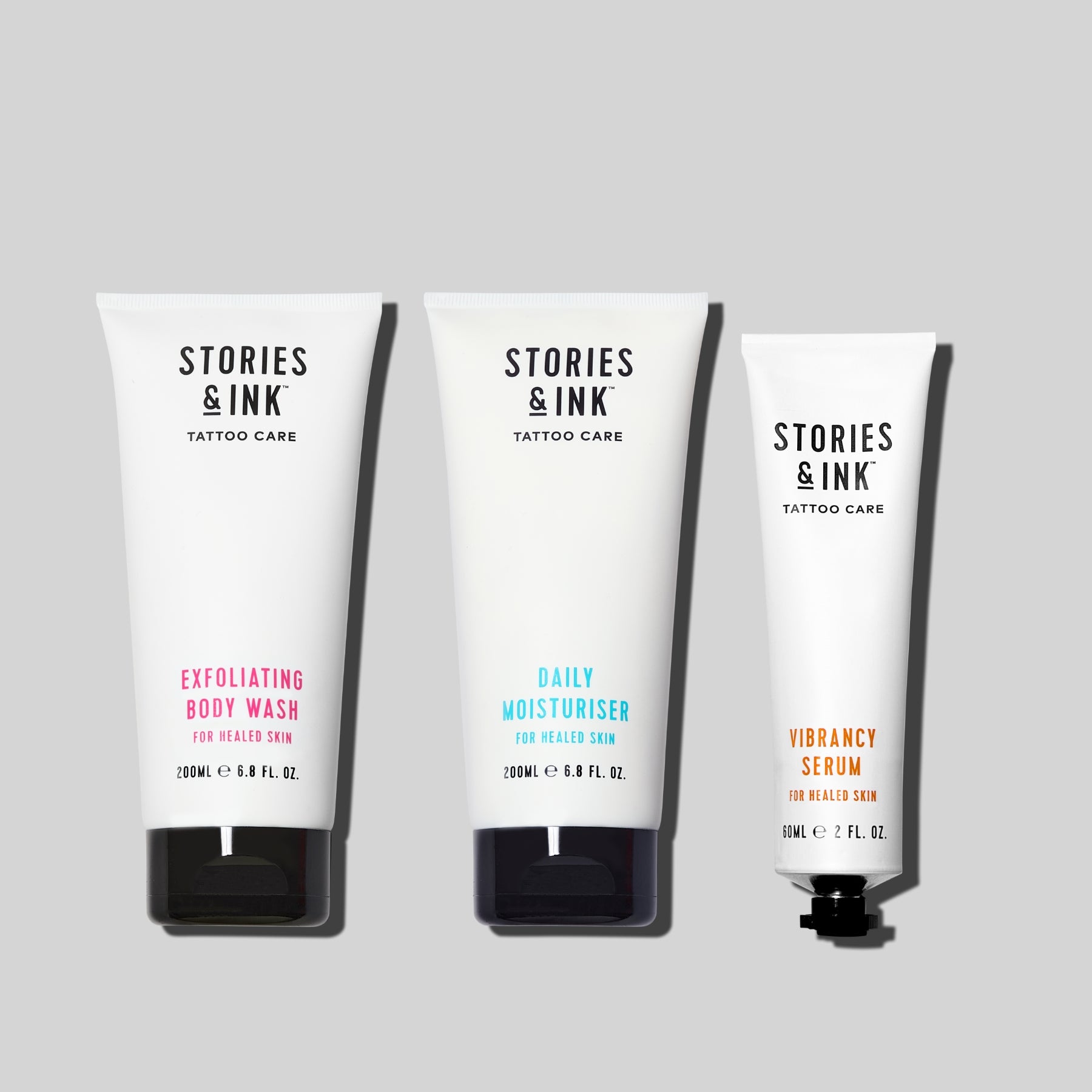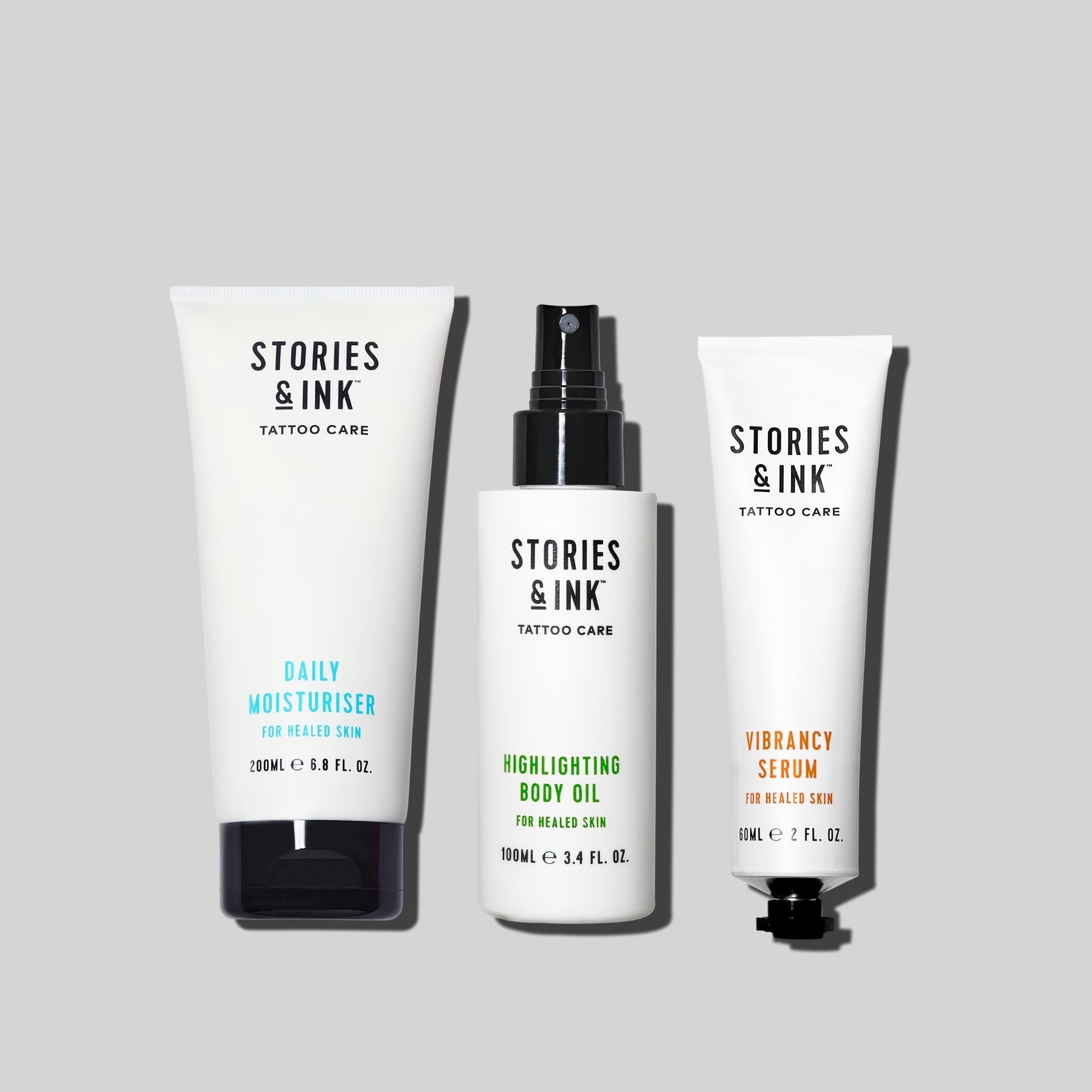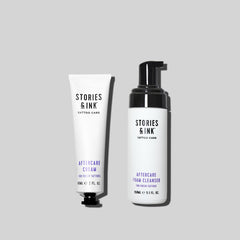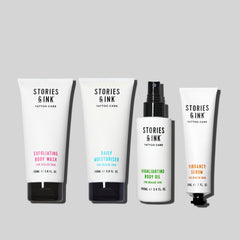Every year, around 55,000 women in the UK are diagnosed with breast cancer. Many will have to make the heartbreaking decision to have some form of mastectomy, which can involve partial or complete removal of the breast. Although this surgery can be lifesaving, the process of losing a part of the body and accepting new scars can be traumatic. One of the most therapeutic ways to reclaim the body after surgery can be a mastectomy tattoo...
And one tattoo artist helping women on that journey is Tanya Buxton. She set up the Mastectomy Tattooing Alliance to support breast cancer survivors on their journey, introducing them to tattoo artists who can create realistic areola tattoos or intricate works of art over their scars. Tanya wants the world to know about the transformative power of tattooing – shedding any stigma that surrounds the word ‘tattoo’ to unveil how restorative the process can be. Here she tells us EYNTK about mastectomy and areola tattoos, advice for breast cancer patients and why she set up the Mastectomy Tattooing Alliance.

So, first things first, what exactly is a mastectomy tattoo?
After mastectomy surgery, there's a number of options – depending on what surgeries and reconstructions you've had. If the nipple has been removed, you can have a 3D realistic nipple areola tattoo – this would be a 3D-looking nipple and areola on flat skin, which creates a sort of illusion. Either both nipples or if it was a single mastectomy, you can try and replicate the remaining nipple. It's all about creating balance. Sometimes, surgeons do a nipple reconstruction, where they take a bit of skin and create a little nipple mound and pop that on the breast, so there's a bit of protrusion that can also be tattooed to give it a more natural look.
Then there's traditional tattoo designs, which can be used to disguise or celebrate scars – whichever way you feel about them. There's so many variables. Sometimes the breast reconstructions might not be symmetrical, so I've done tattoos to create curvature or the illusion that one side is the same size as the other. Then there's women who have no reconstruction at all and choose to stay flat (for medical reasons or personal preference) so traditional tattooing is nice for that. There’s tattoos that flow with the body to help to create a curve where the breasts might have been, or you can create an entire piece of art that just fits the body and you're not trying to replicate a breast shape at all. There's something for everyone, no matter what type of breast cancer, reconstruction or mastectomy surgery you’ve had – there's always an option with tattooing, which is what I love about it.
How long should you wait after surgery to get tattooed?
Usually about a year after surgery and treatment. In particular, radiotherapy can damage the skin, so the skin needs time to recover. Then you've got scar tissue from surgery and that needs time to fully settle and mature before it can be tattooed over. Chemotherapy also means your immune system has taken a battering. At least a year after treatment and surgery means everything has time to heal.
What do you want breast cancer survivors to know about tattooing?
The word tattoo in itself can sound scary. I think it's important to educate people on what having a tattoo actually means. Often breast cancer survivors are told that areola tattoos are created with semi permanent ink with something akin to vegetable dye, but it’s still pigment going into skin, therefore it is still a tattoo – it might fade but it probably won’t disappear. Permanent doesn’t have to mean scary, it can be better. It’s why I set up my studio, Paradise Tattoo Studio [in Cheltenham] as many people seeking mastectomy tattoos have never been tattooed before so I wanted to make sure they have a welcoming space to come into.
My studio is warm and inclusive, a safe space no matter what walk of life you come from, no matter what community, age, gender or race. I love that tattoos mark moments in life: maybe you've broken up with your boyfriend and you want to get a new tattoo, or to honour a family member, or in the case of mastectomy tattoos to mark the end of your recovery. It’s an experience client’s will never forget.
Before

After

What is the Mastectomy Tattoo Alliance (MTA) and why did you set it up?
I think that the impact of losing a part of the body and the nipple not being there anymore is often massively overlooked. Patients go through this life-saving treatment, then they’re left to get on with their lives. But often it’s not that easy. A mastectomy is an amputation. And breasts can be such an important part of a woman’s identity – sometimes women can’t even look at themselves in the mirror anymore and don’t want to be naked in front of their partners. I set up MTA to help women reclaim their bodies. Tattooing can go way beyond decorative or cosmetic reasons.
At the moment areola tattoos are mainly done by cosmetic tattooists or nurses within a hospital. And nurses are so busy already, with many only attending a short course on nipple tattoos over two or three days. I started thinking, why aren’t more tattoo artists doing this? We’re the ones who specialise in putting ink into skin. So through MTA, I want to build awareness so more doctors and surgeons in the NHS are aware of the service we can provide. I’ve compiled a small directory of approved artists, so everyone has to meet a certain criteria, their work is vetted and they have to have a certain level of experience.
The MTA is sort of like the middleman, so patients can go to the website, look at the artists on the directory and be reassured that by going to somebody who we've approved, that there is a level of quality. We’re also able to pay the tattoo artists through funding, meaning they get paid for their work and patients can get the tattoos done for free. I’ve written an e-book all about the process, answering any questions, which can be downloaded from the website.
For more information, visit mastectomytattooingalliance.org and follow @mastectomytattooingalliance on Instagram. Throughout October, MTA are organising a number of flash days across the country to raise funds, head to the website to find a studio near you…
